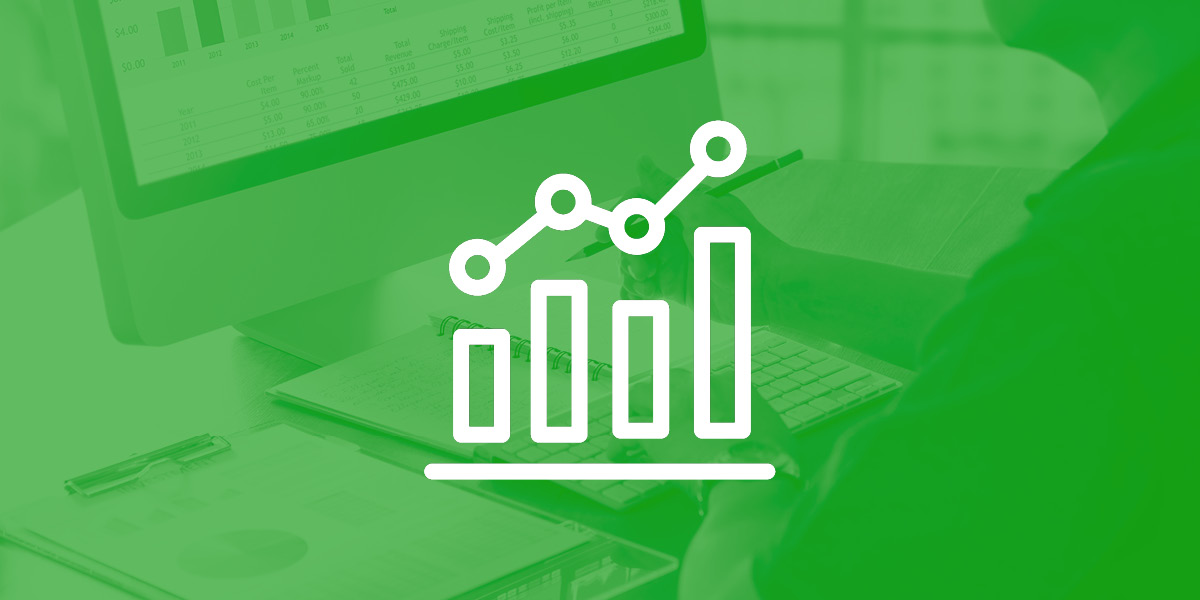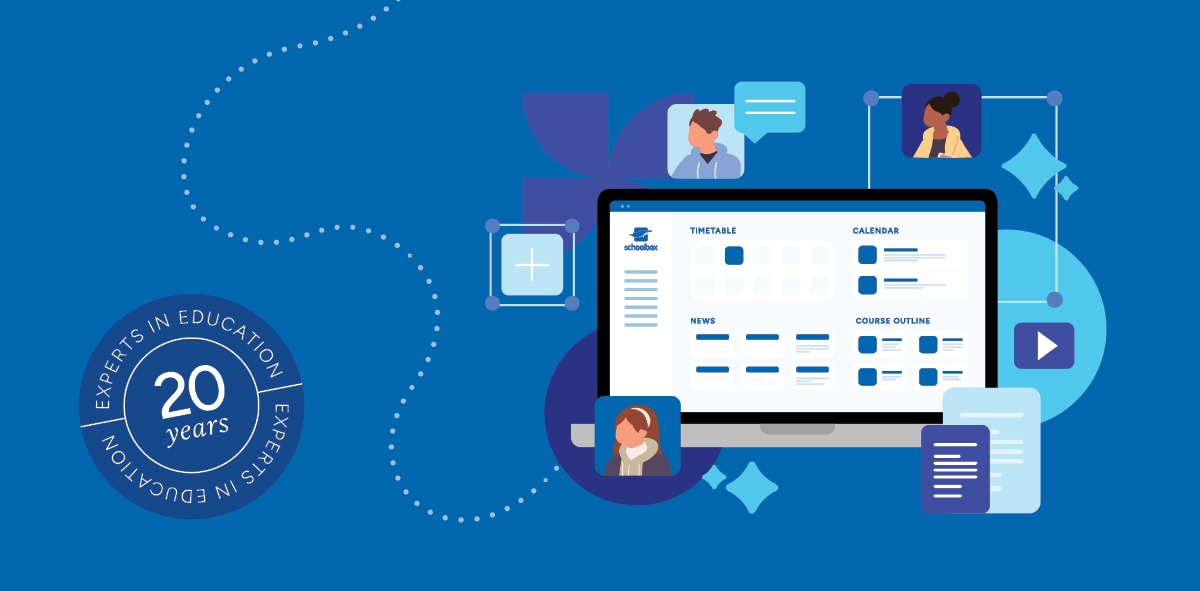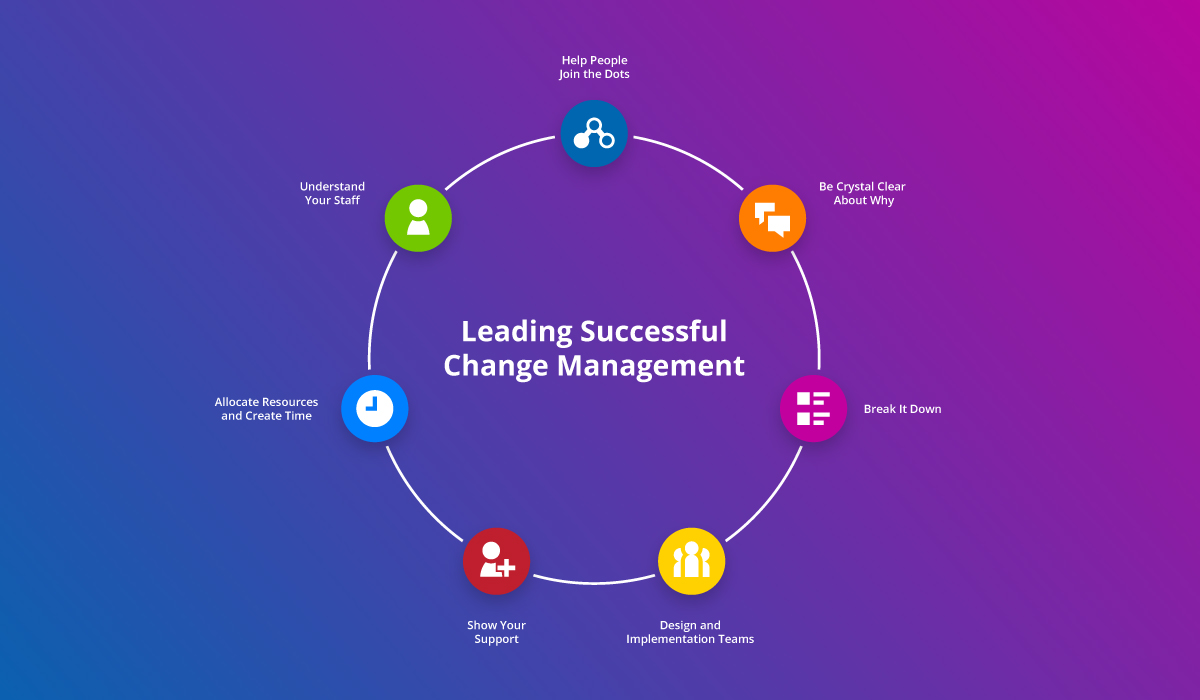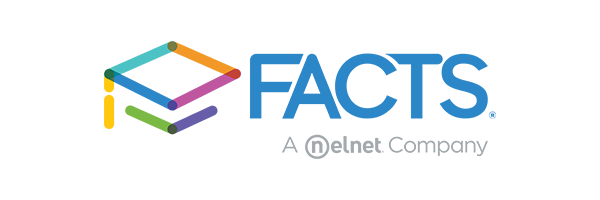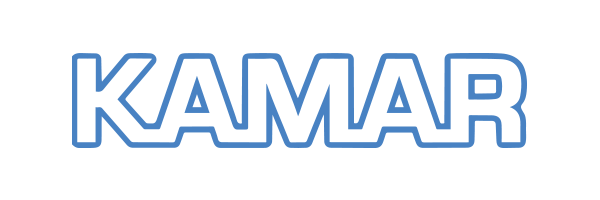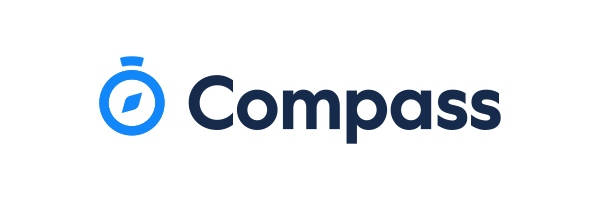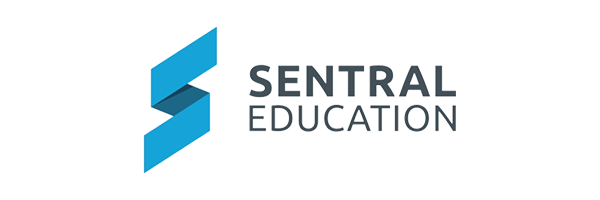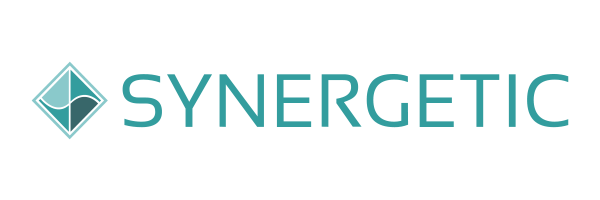Teachers and educators have access to data more than ever before, giving them valuable insights into how their K-12 students are progressing through their learning journey. Learning Management Systems (LMS) in particular are becoming more and more sophisticated and the emerging field of learning analytics is now greatly influential to optimising learning outcomes.
What is Learning Analytics?
Put simply, learning analytics is primarily focused on collecting and harnessing students’ learning progress data to optimise learning outcomes. This includes understanding the time each student spends on course work, and determining a student’s progress over time.
What can Learning Analytics show?

As an educator, you can use learning analytics in a number of ways to refine and optimise the learning journey to match the needs of your students. Take a look at some of the common ones below.
Rubrics and assessment data
To ensure your students make progress, and to identify any gaps, assessment data can assist. For instance, by analysing rubrics, you can develop early intervention strategies for students who may be struggling.
Student Interactions with the LMS
Learning analytics can be used to dissect a student’s interactions with the LMS and present a meaningful understanding of both use and engagement. Through learning analytics, a student’s interactions and contributions with the LMS are logged and available for further analysis. An understanding and analysis of this data offers teachers the opportunity to make meaningful evaluations of a student’s participation and engagement within courses and can further be used as a tool for teachers to optimise and individualise the learning process..
Teacher development
With an understanding of learning analytics, teachers can modify their pedagogy to meet the needs of learners. And by understanding the data of their classes, teachers can reflect on the strengths and weaknesses of their cohorts in order to determine intervention strategies (if any).
Benefits of Learning Analytics

Learning analytics are a valuable tool to enhance the learning journey of K–12 students. Take a look at the benefits they can provide for your school.
Identify students at risk
When you have between 25-30 children in each classroom, it can be hard to pinpoint an individual child’s weaknesses. By analysing data from learning analytics, you can readily access information about each child’s use of the LMS and student portal and see where they may need extra help. You can also get insights into their learning profile and style. This goes some way to ensuring children at risk do not fall through the gaps.
Assist in decision making
Learning analytics not only assist in the classroom, they can also be used to inform your administrative and funding decisions, ensuring resources are placed where they are needed most.
Improve overall quality of teaching
Educators who can understand and use learning analytics in their teaching are able to modify their approach in the classroom. When all staff and students of your K–12 school use analytics to improve the learning journey, the whole school community benefits from improved quality of education.
Provide personalised learning
Through understanding data, your teachers can customise their learning plans to suit each student. After all, no two learners are the same. By tracking interactions with the student portal, and assessments, teachers can see gaps and weaknesses and tailor their pedagogy to suit.
Efficiency and effectiveness
By giving you up-to-date information, the data provided through learning analytics can improve productivity and efficiency and allow you to respond effectively to any educational challenges. This ensures optimal use of resources and funding to improve outcomes.
Examples of Learning Analytics in Schoolbox LMS
Schoolbox houses a number of valuable learning analytics tools that can provide insights into the progress of a student’s learning journey and in turn, enable enhancements to be made to the learning journey of each student.
The course markbook
The course markbook gives an overview of student progress across an entire course. It filters data so you can see information in a variety of contexts. With this tool, you can identify gaps in a student’s understanding, identify trends and readily answer questions about an individual student’s progress.
The course markbook also helps improve the efficiency of your moderation. All drafts are shown within the course markbook, so you can access student work submitted through Schoolbox, ensuring you are consistent in your marking.
Statistics
Schoolbox LMS and School Portal lets you view statistics for all homepages. This feature is particularly useful on class pages because you can see recent visitors and easily identify students who have not been consistently engaging with the content. You can then use this information to put interventions in place so this lack of interaction is not a barrier to learning.
Reports
Through the administration area of Schoolbox LMS, you can see a login report, as well as more detailed activity. These reports can be exported as CSV files, allowing you to analyse them even further with your school’s spreadsheet software. This information then lets you gauge user engagement in the system. When you delve into the types of interactions with Schoolbox, you can identify potential interventions to enhance engagement.
Querying the database
Take your analysis of student and parent interaction further by querying the Schoolbox database directly. This database stores all user actions and you can easily retrieve information to identify the level and types of user engagement.
You may even choose to use these interactions as an accessible part of student participation. For example, if an assignment requires students to collaborate using Schoolbox LMS and School Community Portal, you can see evidence of their engagement with their peers.
You can also query the database to extract assessment data at the rubric level, then model this data using business intelligence software such as Microsoft’s Power BI. Such data models are highly interactive and mean you and other relevant teaching staff can see student successes while also noting where specific students may need more instruction.
Capability markbook
This innovative feature of Schoolbox makes it easier for you to analyse student progress across specific capabilities. You can also use it to reflect on the effectiveness of curriculum as well as to ensure students are on track to make outstanding progress.

When used appropriately, learning analytics can improve student outcomes while ensuring your school resources are used effectively and efficiently. The use of learning analytics in K–12 education is one of the core learning practices of 21st Century Pedagogy.
Using learning analytics improves the quality of teaching and learning, and thereby enhances and individualises the learning journey of each student.
Contact us to learn more about how your school can access valuable learning analytics through your learning management system and student portal.
Andrew Norwood is the Director of Digital Learning at a K–12 school and teaches Digital Technologies. A specialist in Learning Management Systems and Learning Analytics, Andrew aims to ensure teachers are fully supported in their use of digital technology so student outcomes are continually improved.
If you want to read about learner-centred approaches, check out our other resources:
